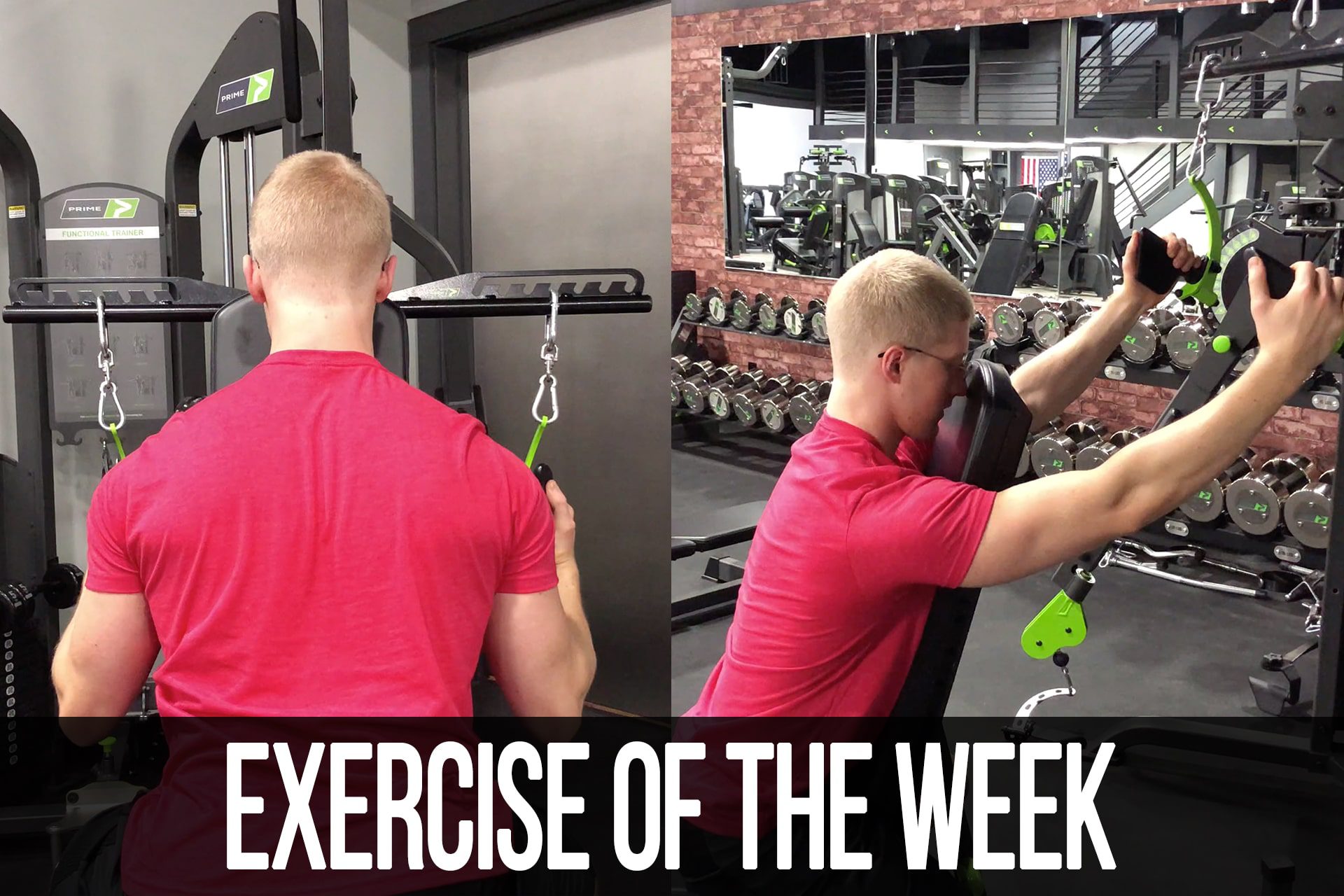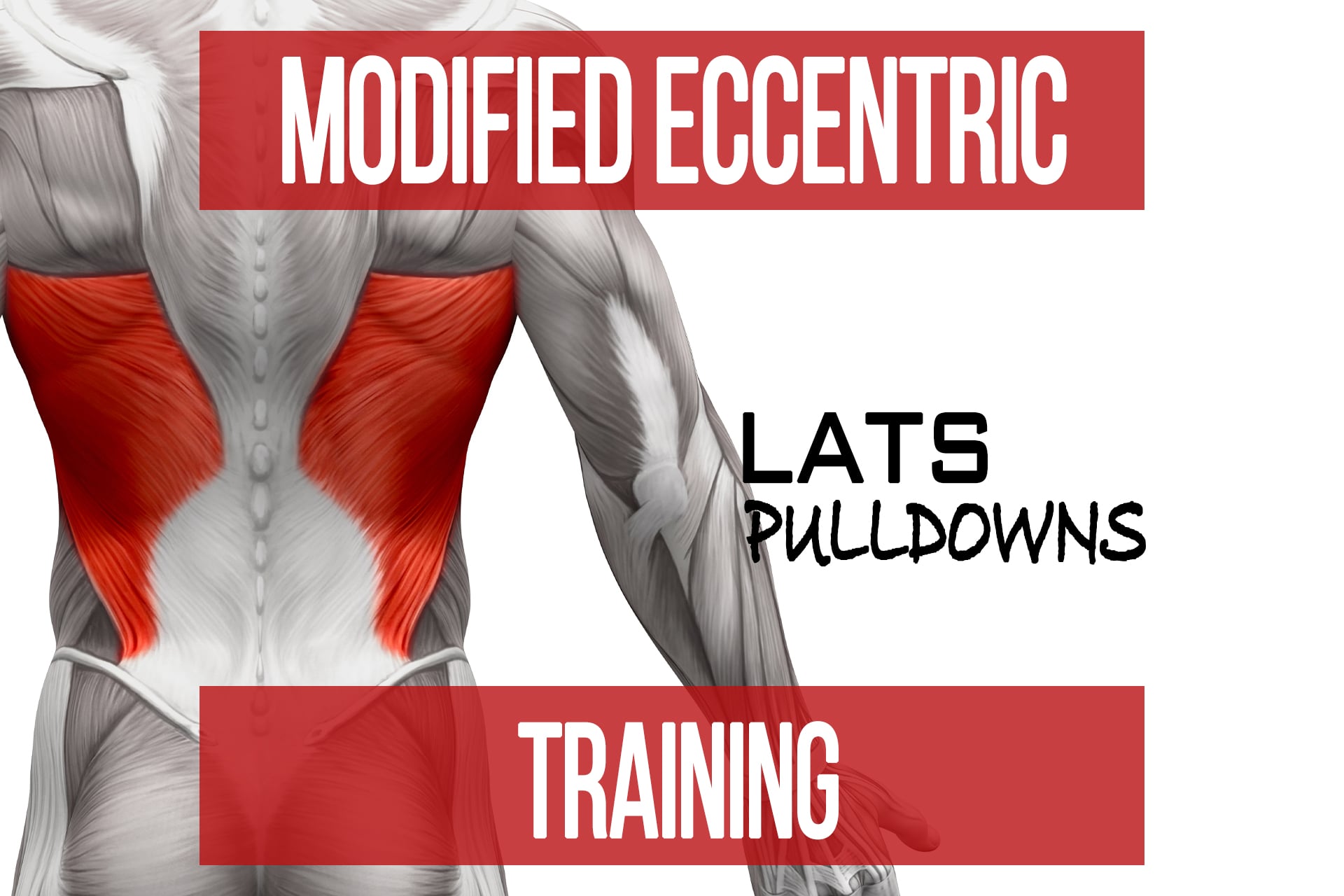Lat Mechanics Visual Demo
n1 training
Last week, there was what can only very loosely be called a debate about lat training, particularly in greater degrees of shoulder flexion. Paul Carter and Dr Mike Israetel and Lyle McDonald all chimed in on the post. Lyle specifically did a review of the papers that were referenced in a article by Chris Beardsley which may have been the source for the initial discussion.
All that being said, I decided to make this video as a visual aid for anyone that would find it useful.
My options on the matter are as follows.
I don’t think DB pullovers are a great lat exercise, for reasons mentioned here and many other. That being said if you like them, doing them on a decline would make them less poor.
If I wanted to get stretch mediated hypertrophy I would use a varying degrees of flexion and adduction (in front of the body) rather than pure flexion, and this provides both a stretch for the lats, as well as good mechanics, and has tested very well in the lab and the gym for us so far.
I would prefer cable pullovers over the machine because it allows the humerus to translate (protract and retract etc) as well as shoulder extension, where the machine restrict the motion to almost pure extension.
That being said, I would use more variations of not quite vertical, horizontal, and in between pulldowns/rows over pullovers because I find the motions better mechanically, and from a resistance perspective, as well as the ease of technique and applied effort when using the short lever of just the upper arm.
That doesn’t mean pullovers are zero lats, but I don’t really program them when I can do more variations of pulldowns and rows.
There can never be a true zero moment arm for the lats on the shoulder extension, but the key to a good hypertrophy exercise is that it biases the tissue well for optimal and targeted stimulus, which means the exercise should match the motion and the mechanics of the muscle fairly well in comparison to others. The close the better in most cases.
I really don’t think any of the parties handled this topic very well. I contributed maybe 3 objective statements, but they were lost in a sea of insults, accusations, and for some reason a lot of personal things got dragged into it. Overall a bit embarrassed that people are associating me with the debacle, as the initial comment I made was very objective and if anything overly polite. But that’s boring right?
Ultimately the pullover, and the variations of such is a relatively complex exercise to look at biomechanically because so many things are happening with all the different muscles involved, and so there are a lot of nuances, and tons of considerations for mechanics, individual variations, and the relative position of the glenohumeral joint where the pullover motion is performed. However all that complexity doesn’t cause much deviations from the basic principles demonstrated in these visuals. But anytime there is this much nuance involved, you have to be careful not to speak in absolutes because that creates the opportunity for irrelevant arguments for the sake of argument.
I appreciate Lyle amending his statements about myself and N1. Much appreciated, respect.
All links to the relevant posts and articles on in the description on the YouTube video HERE
If you haven’t already, don’t forget to subscribe to your YouTube channel and turn on notifications for the latest videos.
Chest Supported Lat Pulldown
videoExecution and Technique Exercise of the Week Program Design Training
Popular Pages
Learn & Train With Us
Add N1 Training to your Homescreen!

Please log in to access the menu.


